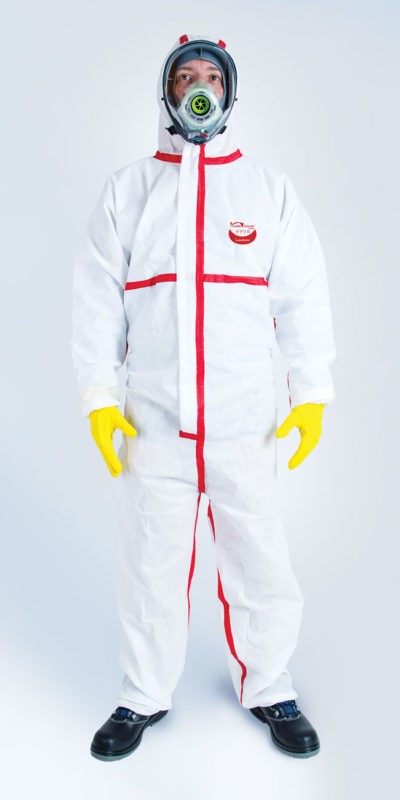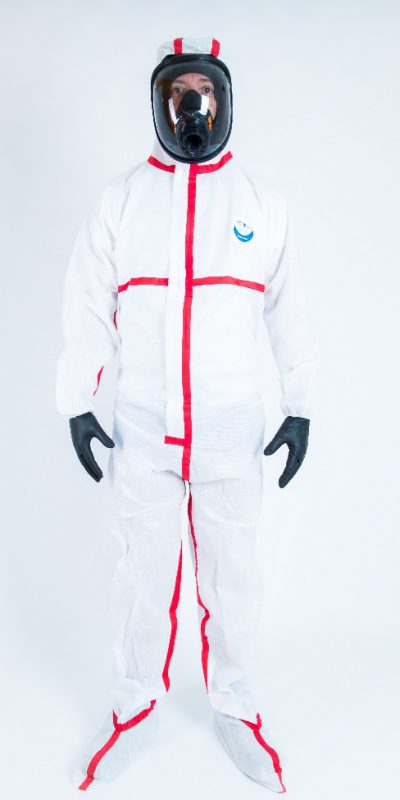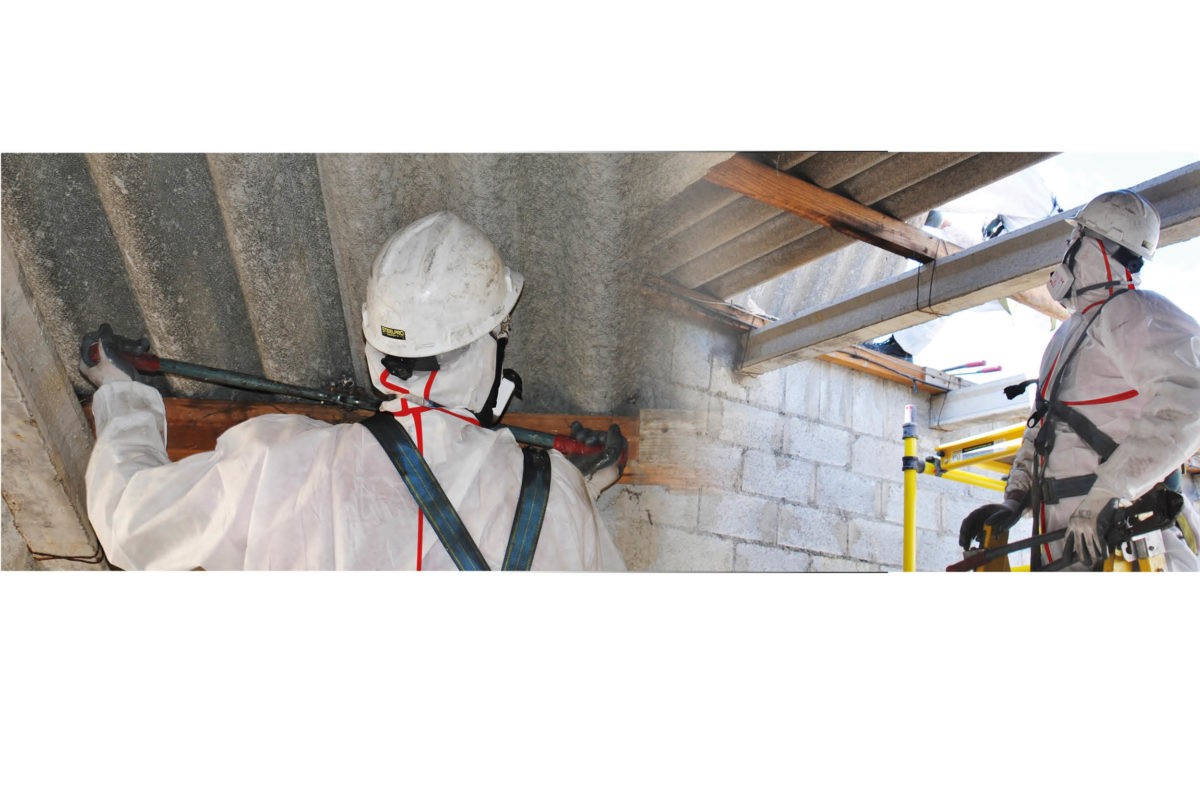
TYPE 5/6 WEECOVER MAX 1 COVERALL


Request for recommendation
Find a distributor

Need information about : PROFESSION SHEET : ASBESTOS RISKS – ASBESTOS COVERALL ?

10 June 2018
Asbestos removal environment is a high-risk sector for the workers’ health. Follow our guide for choosing your best protection against Asbestos fibers
PROFESSION SHEET : ASBESTOS RISKS – ASBESTOS COVERALL.pdfASBESTOS RISK. This profession sheet is intended for all professionals in contact permanently or occasionally with asbestos. Asbestos coverall is the most important PPE together with the mask to protect against asbestos fibers. The EN ISO13982-1 standard (type 5 air-tight against solid particles) is required to protect against asbestos fibers. But did you know? For a disposable coverall to be type 5 approved, laboratory tests allow up to 15% inward leakage rate. Following the decree of the French Ministry of Labor requiring tight seams, the INRS recommends disposable clothing with properties ensuring optimal protection. Our guide invites you to compare asbestos disposable clothing, as well as introduces you to the professions most exposed to asbestos risk.
Most asbestos coveralls are made in SMS, a material known for its breathable properties. However, according to the INRS (INRS is a leading public body in the fields of occupational health and the prevention of occupational risks: industrial accidents, occupational diseases), this rather economic material must meet the minimum mechanical resistance criteria to avoid any premature tears. The mechanical stresses during asbestos removal tasks are intense.
This is the most important parameters in choosing a protective coverall against asbestos fibers. Do you know the leakage rate within your disposable outfit? The data sheets only very rarely mention actual results
Inward leakage tests (in %). L82/90.
Conforms to type 5 EN ISO 13982-1 must be ≤ 30 %
Conforms to INRS Recommendations ED 6247 must be ≤ 10 %
WeeCover Max 1 Protective Coverall results ≤ 8 %
Inward leakage tests (in %). TILS8/10.
Conforms to type 5 EN ISO 13982-1 must be ≤ 15 %
Conforms to INRS Recommendations ED 6247 must be ≤ 5 %
WeeCover Max 1 Protective Coverall results ≤ 4.3 %
Average value of all inward leakage (en%) IL AVERAGE
Conforms to type 5 EN ISO 13982-1 – NO LIMIT VALUE
Conforms to INRS Recommendations ED 6247 must be ≤ 5 %
WeeCover Max 1 Protective Coverall results ≤ 3.9 %
3rd STEP Select a coverall with resistant seams and loose fitting.
WeeCover Max 1 Protective Coverall results: Seam resistance ISO 13935-2 : Class 3
The fitting of a disposable coverall for asbestos removal work must be loose to facilitate the execution of the tasks. WeeCover Max 1 features a generous size chart to give operators freedom of movement. Our hoods feature specific dimensions to allow for leaning your head forward freely without stretching the material.
Asbestos disposal: Asbestos materials confinement or removal works
Industrial worker: Property diagnoses
Other Activities Main activities With an asbestos risk: Lift installers: change of cables or parts. Masons and diggers: earthworks, tunnel drilling, extractions. Garage owners: brake linings, clutches, starters and alternators. Road Works Operators: planing road surfaces.
Click here and discover our profession sheet – asbestos coverall